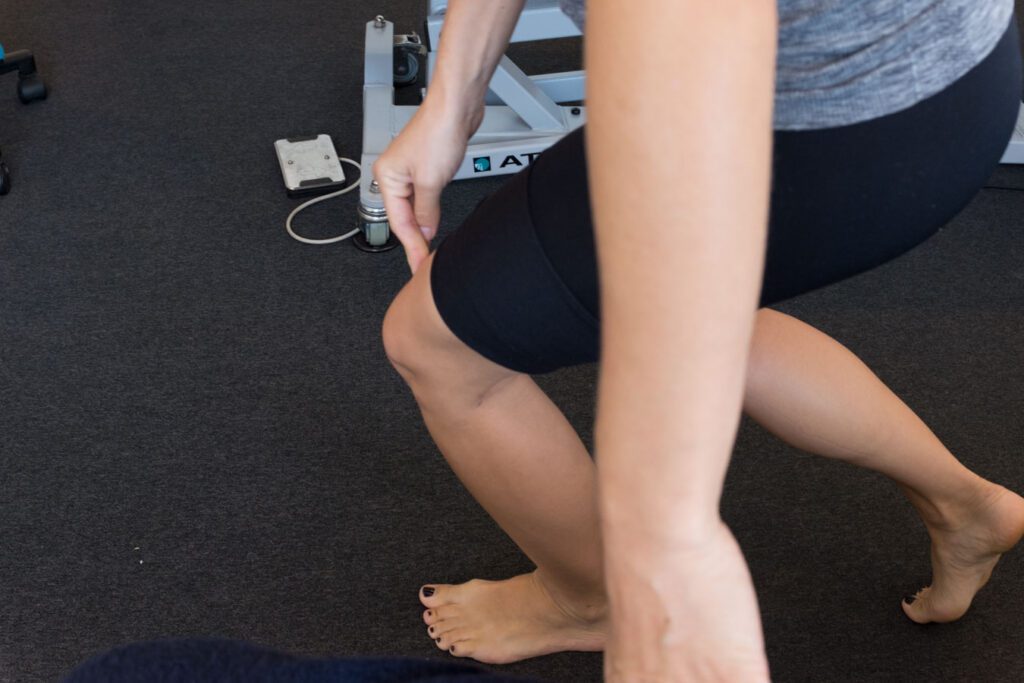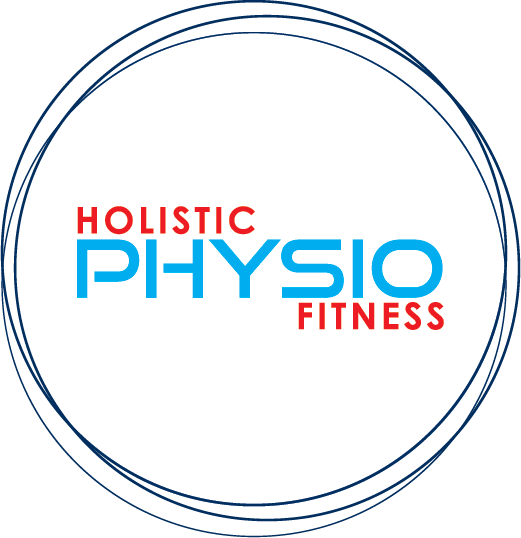
An anterior cruciate ligament (ACL) injury is one of the most common knee injuries, particularly among athletes. It can occur in a variety of ways – from sudden stops, changes in direction, or direct trauma to the knee. Whether you’ve undergone ACL reconstructive surgery or are following a conservative, non-surgical rehabilitation plan, the road to recovery can be long and challenging. However, with the right physiotherapy and exercise physiology guidance, a structured exercise programme can significantly enhance your recovery, restore function, and return you to your regular activities. We will talk about the importance of the right therapist, and the right clinic, in order to optimise recovery.
Understanding ACL Injuries and Rehabilitation
The ACL is a critical stabiliser in the knee joint, responsible for controlling the movement of the tibia (shin bone) relative to the femur (thigh bone). When this ligament is torn, whether partially or completely, it disrupts the knee’s stability and can lead to pain, swelling, and difficulty moving the knee. This injury is particularly common in sports that involve pivoting, jumping, or quick changes of direction, such as football, basketball, and skiing.
When it comes to ACL rehabilitation, treatment generally falls into two categories: surgical and non-surgical. In either case, physiotherapy plays an essential role in promoting recovery, ensuring that the knee regains its strength, flexibility, and function.
Post-Surgical ACL Rehabilitation
Following ACL reconstructive surgery, the goal of physiotherapy is to facilitate the healing process, reduce pain and swelling, and ultimately restore full function to the knee. Early rehabilitation focuses on regaining range of motion and controlling inflammation. As healing progresses, a more structured exercise programme becomes essential to rebuild strength and improve the knee’s stability.
Key components of a post-surgical ACL rehabilitation programme include:
- Strengthening Exercises: After surgery, the knee’s muscles, especially the quadriceps and hamstrings, may weaken due to pain and immobility. Physiotherapy exercises that focus on strengthening these muscle groups are critical in stabilising the knee joint and reducing the risk of re-injury. Strengthening exercises may include leg presses, squats, and lunges.
- Proprioception Training: One of the primary functions of the ACL is to provide feedback to the brain about the position of the knee joint. After surgery, it is crucial to retrain the brain to understand where the knee is in space. Proprioception exercises, such as balance training on unstable surfaces like wobble boards, are incorporated to improve this sensory feedback mechanism.
- Flexibility and Mobility Work: Regaining the range of motion is another important aspect of ACL recovery. Stretching exercises for the hamstrings, calves, and quadriceps help maintain flexibility and prevent stiffness in the knee. Additionally, joint mobilisations may be used by your physiotherapist to improve knee movement.
- Gradual Return to Activity: Over time, the focus of the rehabilitation programme will shift to preparing the knee for sport-specific movements. This includes agility drills, plyometrics, and sport-specific exercises to help you return to your normal activities safely.
Non-Surgical ACL Rehabilitation
For some patients, surgery may not be necessary, especially if the ACL tear is partial or if the individual is less active or older. In such cases, rehabilitation through physiotherapy is just as critical, though the approach may differ.
Without surgery, the primary aim of physiotherapy is to manage symptoms, strengthen the muscles around the knee, and improve function. A non-surgical rehabilitation plan often includes:
- Initial Pain Management and Swelling Control: Early stages of rehabilitation will focus on reducing pain and swelling, typically through rest, ice, compression, and elevation (R.I.C.E). Once swelling is under control, strengthening exercises can begin.
- Strengthening and Conditioning: Building strength around the knee is vital to compensate for the lack of ACL stability. Exercises focusing on the quadriceps, hamstrings, and calves are crucial for improving knee function and protecting the joint. Resistance training can include exercises like leg extensions, step-ups, and hamstring curls.
- Functional Training: As rehabilitation progresses, functional exercises become a key component. This might involve exercises to enhance balance and coordination, such as single-leg stands or stability ball exercises. Non-surgical rehabilitation can be a lengthy process, but with the right exercises, it’s possible to regain a high level of knee function and avoid surgery.
The Importance of Exercise Physiology in ACL Recovery
Exercise physiology plays an integral role in ACL rehabilitation, whether post-surgery or non-surgical. Physiotherapists and exercise physiologists collaborate to design tailored exercise programmes that address your individual needs and capabilities. The goal is not only to restore strength and mobility but also to optimise the performance of the musculoskeletal system to prevent future injuries.
Physiotherapists use specific techniques and knowledge of biomechanics to prescribe exercises that are progressive, safe, and effective. Exercise physiology ensures that exercises are tailored to improve cardiovascular fitness, strength, flexibility, and neuromuscular control.
The Role of a Well-Equipped Gym in Rehabilitation
Having access to a gym with the right equipment can make a significant difference in your ACL recovery. A physiotherapy clinic or gym with proper rehabilitation tools can offer a comprehensive range of exercises that support the recovery process. Key equipment includes:
- Resistance machines: To safely strengthen the quadriceps, hamstrings, and calf muscles.
- Balance boards and stability equipment: These tools are invaluable for proprioception training and improving knee stability.
- Cardio equipment: Treadmills, cycling machines, and rowing machines help maintain cardiovascular fitness without putting excess strain on the knee.
- Free weights and resistance bands: For progressive strengthening exercises that mimic real-world movements.
A well-equipped gym not only enhances the physical recovery process but also boosts your motivation. The ability to perform a wide range of exercises helps ensure that your rehabilitation is diverse, challenging, and effective.
Conclusion
Whether you are undergoing post-ACL surgery rehabilitation or recovering without surgery, having a structured, well-designed exercise programme is essential to optimise recovery. Physiotherapy, along with expert exercise physiology, ensures that your rehabilitation addresses all aspects of knee function – from strength and mobility to proprioception and endurance. Access to a gym with the proper equipment further supports this process, providing you with the tools needed for a full, effective recovery. With patience, persistence, and the right rehabilitation plan, you can return to the activities you love stronger and more resilient than before. At Holistic Physio Fitness Mona Vale, we specialise in ACL programs, with two onsite gyms, dual qualified Physiotherapist/ Exercise Physiologists and decades of experience.

